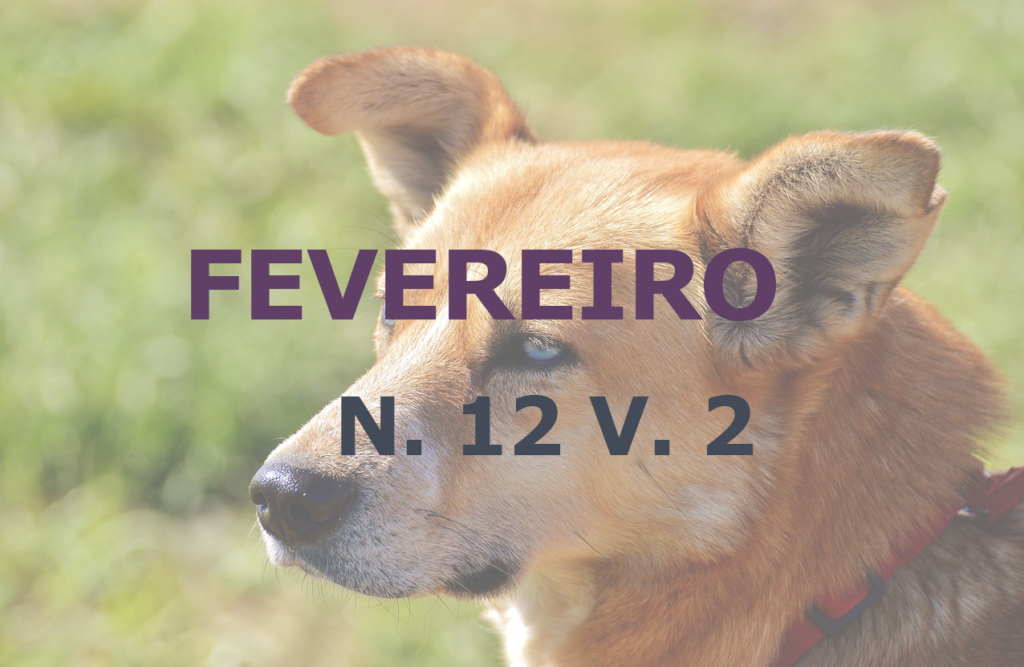Isolamento e identificação de Tricophyton mentagrophytes como causador de otite fúngica em gato: Relato de Caso
DOI:
https://doi.org/10.22256/pubvet.v12n2a31.1-6Palavras-chave:
cultura fúngica, dermatofitose, micoses, tratamentoResumo
Objetivou-se, neste trabalho, fazer o relato de um caso de otite fúngica em um gato atendido no Hospital Veterinário Universitário do Campus Professora Cinobelina Elvas da Universidade Federal do Piauí, em Bom Jesus-PI. O animal foi encontrado, abandonado na rua, mostrando sinais de necrose e destruição da cartilagem auricular e foi lavado para atendimento. Tratava-se de um felino, fêmea, com aproximadamente dois anos com um quadro de lesões dermatológicas na cabeça. Realizou-se anamnese onde se verificou presença de miíase. No exame físico geral observou-se que o animal apresentava um estado físico geral ruim, com desidratação, emagrecimento, dermatite úmida com destruição da cartilagem auricular, bilateralmente, e uma área de necrose caudal à implantação da cartilagem auricular esquerda. Diante dos sinais suspeitou-se de neoplasia ou esporotricose. Foi coletado material para exames laboratoriais. A citologia aspirativa não revelou sinais de neoplasia. No raspado de pele ficou evidenciada a presença de fungos que na cultura revelou tratar-se de Trichophyton mentagrophytes. O tratamento inicial do animal, além da retirada das miíases, foi com antibioticoterapia com penicilina (24.000UI/Kg) e estreptomicina (10mg/Kg)/q5d/IM, limpeza e curativos diários. Após o resultado da cultura iniciou-se o tratamento com itraconazol 5 mg/kg/BID, via oral, porém o tratamento foi interrompido devido o animal ter fugido e não ter sido mais encontrado. Observa-se com isso, a importância dos meios complementares para diagnóstico desse tipo de patologia, bem como a importância de se identificar com brevidade o agente etiológico do processo, para com isso, evitar que animal sofra perda tecidual irreversível e passe por grandes desconfortos.
Downloads
Publicado
Edição
Seção
Licença
Copyright (c) 2018 Mariane Vieira de Sá, Joisiane da Silva Santos, Savio Matheus Reis de Carvalho, Eva lopes, Lygia Silva Galeno, Jenilton da Silva Nunes, Maria Santos Oliveira, Feliciana Clara Fonsêca Machado, Antonio Augusto Nascimento Machado Júnior

Este trabalho está licenciado sob uma licença Creative Commons Attribution 4.0 International License.
Você tem o direito de:
Compartilhar — copiar e redistribuir o material em qualquer suporte ou formato
Adaptar — remixar, transformar, e criar a partir do material para qualquer fim, mesmo que comercial.
O licenciante não pode revogar estes direitos desde que você respeite os termos da licença. De acordo com os termos seguintes:
Atribuição
— Você deve dar o crédito apropriado, prover um link para a licença e indicar se mudanças foram feitas. Você deve fazê-lo em qualquer circunstância razoável, mas de nenhuma maneira que sugira que o licenciante apoia você ou o seu uso. Sem restrições adicionais
— Você não pode aplicar termos jurídicos ou medidas de caráter tecnológico que restrinjam legalmente outros de fazerem algo que a licença permita.





